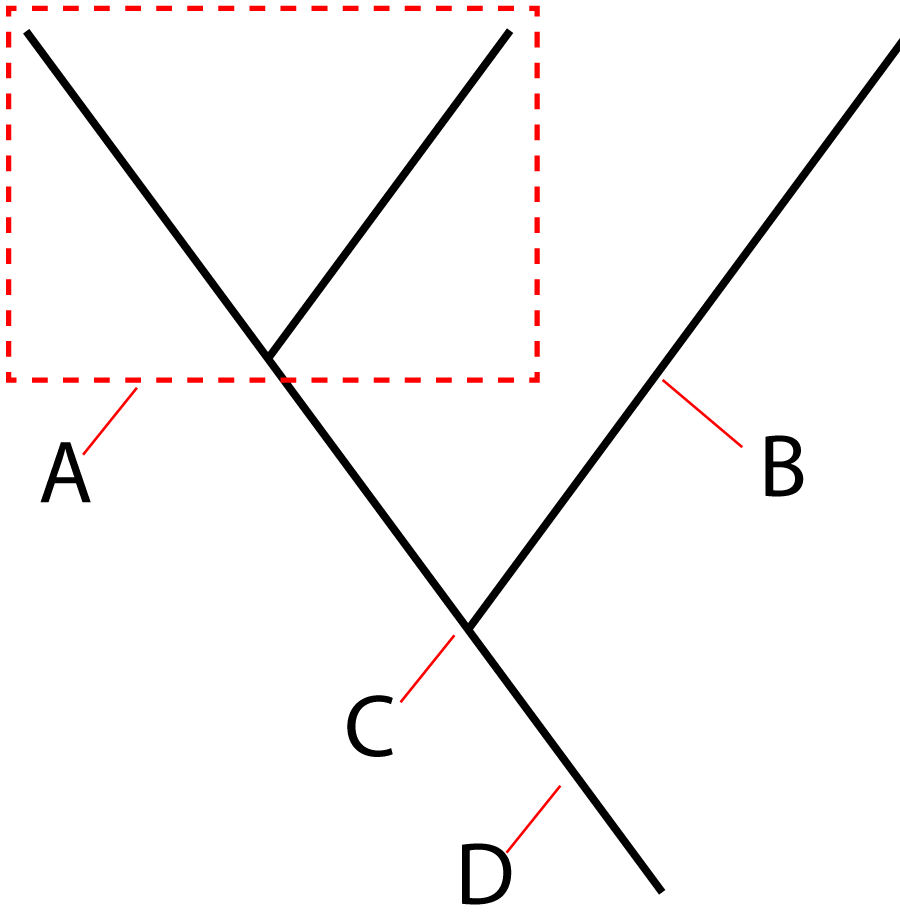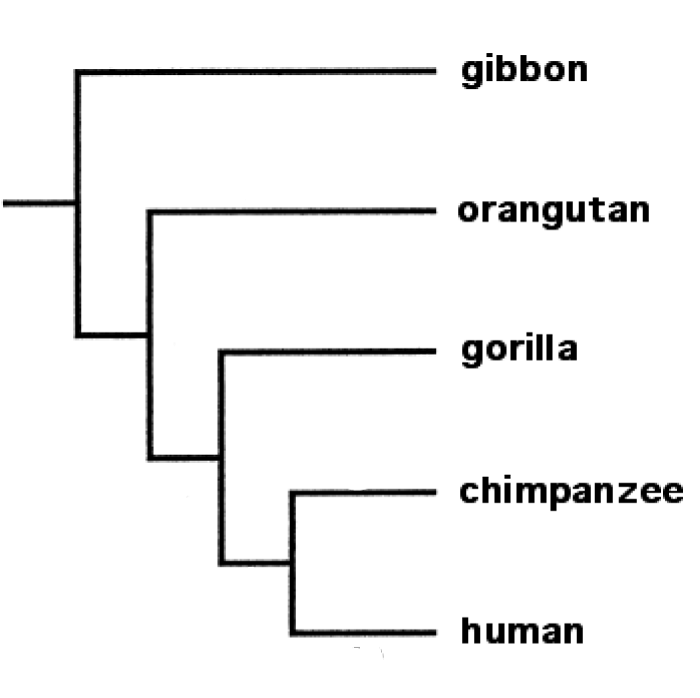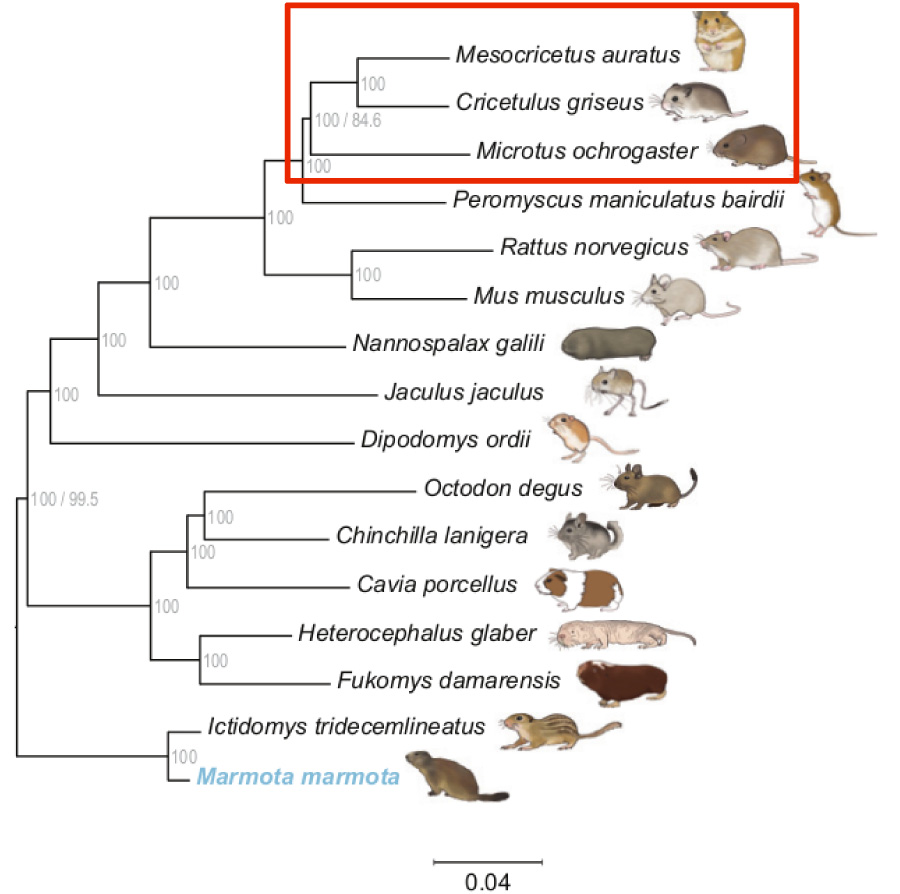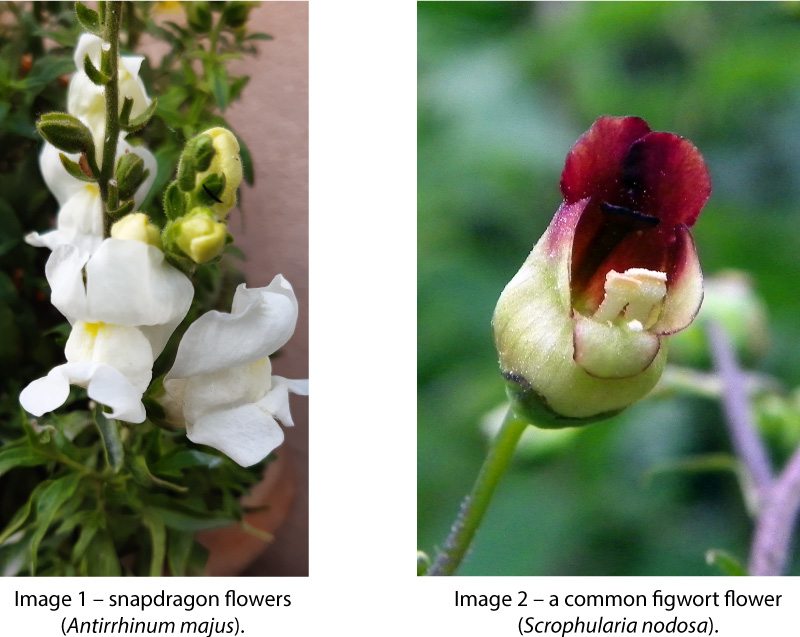Target: 10 questions in 10 minutes |
| |
1. What was the significant contribution made by Carl Woese, studying rRNA, to the classification of life on Earth?
- A. Woese proposed the division of all organisms into two domains: Bacteria and Eukarya.
- B. Woese discovered the existence of a third domain of life, known as Archaea, in addition to Bacteria and Eukarya.
- C. Woese developed the biological species concept.
- D. Woese's work led to the establishment of the a system of taxonomic classification.
|
|
2. Which of the following applies to classification of organisms?
| I. Cladistics uses molecular analysis to identify evolutionary relationships |
| II. Cladistics groups together those that share common ancestors. |
| III. The traditional taxonomic system (kingdom to species) uses similar morphology to accurately represent evolutionary relationships. |
| IV. Cladistics provides a more flexible and adaptive system that can accommodate new discoveries and information compared to traditional taxonomy |
|
- A. I and IV
- B. I, III and IV only
- C. II and III only
- D. I, II and IV only
|
|
Q3&4. The image below shows a cladogram:

|
|
| 3. Which letter represents a clade? |
|
| 4. Which letter shows a root? |
|
Q5&6. The image shows a cladogram with humans and apes.

|
| 5. How many terminal branches are there on this cladogram?
|
|
6. Which of the following correctly describes the sequence of divergence of humans, chimpanzees and gorillas?
- A. Humans diverged from the chimpanzee lineage followed by the divergence of the gorilla lineage
- B. Humans first diverged from the common ancestor shared with chimpanzees and gorillas, with the chimpanzee and gorilla lineages diverging after.
- C. The chimpanzee lineage diverged from the humans first, followed by the divergence of gorillas.
- D. The gorilla lineage diverged from the human-chimpanzee common ancestor, followed by the split between the humans and chimpanzees.
| |
Q7&8. The image shows a cladogram of rodents derived from genome analysis.

|
M ralser
CC-BY-SA 4.0 |
7. With reference to the three highlighted organisms (red box), which of the following is not true?
- A. They form a clade
- B. Microtus ochrogaster forms an outgroup
- C. They share a common ancestor
- D. All three animals belong to the same genus
|
|
8. What type of information can be derived from this cladogram of rodent species?
- A. The geographic distribution and ranges of the different rodent species
- B. The relative timing of evolutionary divergence events in the rodent lineages
- C. The specific ecological adaptations and niches occupied by a rodent species
- D. The mutations which have occurred since two species shared a common ancestor
|
|
9. The images below show snapdragons and common figworts.

During reclassification, snapdragons and common figworts ended up in different families. Which of the following applies? |
Sabina Bajracharya
CC BY-SA 4.0
AnemoneProjectors
CC BY-SA 2.0 |
- A. Chloroplast DNA sequences showed that common figworts were closely related to snapdragons
- B. Chloroplast pigment analysis demonstrated that figworts contained novel photosynthetic pigments
- C. Common figworts and snapdragons look too dissimilar to be in the same family
- D. Chloroplast DNA analysis showed snapdragons and common figworts did not share recent common ancestry
|
|
10. What factors can affect the accuracy of molecular clock estimates?
- A. The rate of mutation in the genetic marker being used
- B. The length of a generation for a particular species
- C. The size of the populations being studied
- D. All of the above
|
|
|